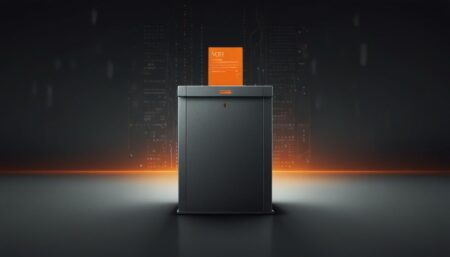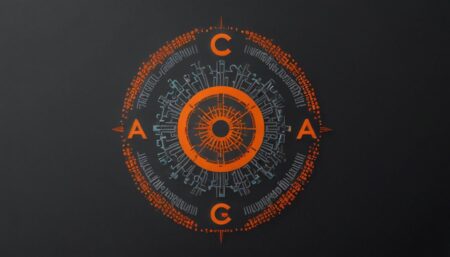AI technology is revolutionising the pet care industry with advancements such as smart collars, pet surveillance cameras, and AI-based health monitoring systems. However, concerns arise regarding the impact on the human-pet bond and ethical considerations.
Innovations in AI for Pet Care: Boon or Bane?
By: Sydney Page
Published: June 7, 2024, 6:30 a.m.
AI technology is increasingly shaping the landscape of pet care. Notable advancements include smart collars, pet surveillance cameras, robot nannies, and even AI-based health monitoring systems.
Key Players and Technologies:
1. ORo, a robot designed by Ogmen Robotics, plays, feeds, supervises, and trains dogs. Sandeep Sadhu, from Shrewsbury, Mass., uses ORo for his mini goldendoodle, Simba.
2. PetPace: A smart collar tracking various health metrics like temperature, pulse, and stress levels. Melanie Rigden uses PetPace for her mini-Australian labradoodle, Ruby.
3. TTcare: An AI app that analyzes pet health through images of their eyes, skin, teeth, and joints.
4. Petcube: Offers AI pet cameras with features such as two-way audio, treat dispensers, and motion alerts.
5. MeowTalk: An AI app translating cat meows into human language, developed by Javier Sanchez.
Market Growth:
In 2023, Americans spent $147 billion on pet products, a significant increase from $90 billion in 2018. The global pet industry is projected to reach nearly $500 billion by 2030.
Concerns and Cautions:
Experts express reservations about AI’s impact on the human-pet bond. Lionel Robert from the University of Michigan and Philip Tedeschi from the University of Denver highlight both the potential benefits and risks, including privacy issues and the possibility of diminishing the social and emotional connections between owners and their pets.
While AI technologies offer exciting possibilities for pet care, their ethical use and effects on human-animal relationships remain under scrutiny.










